- Home
- Get Rid Of Ants
- Fire Ants Vs Red Ants
Fire Ants vs Red Ants
This post may contain affiliate links so I earn a commission.
Do you want to know the difference between fire ants vs red ants?
If this is the case, chances are you've noticed a colony of red colored ants in your lawn or garden and you're wondering if they are dangerous, or they're just an innocent mound of ants.
It's somewhat confusing because not every red ant you see is a fire ant and not every fire ant is red.
A true fire ant is actually reddish brown in color and they belong to the genus Solenopsis.
Fire ants receive a lot of attention because they are highly ferocious and they're known to attack anything within sight.
The most common type of red ant in the United States today remains the red imported fire ant.
Also referred to by their initials RIFA, they're known for their reddish torso and black stinger.
Fire Ants vs Red Ants - Key Differences By Definition
Here are the key differences between fire ants vs red ants:
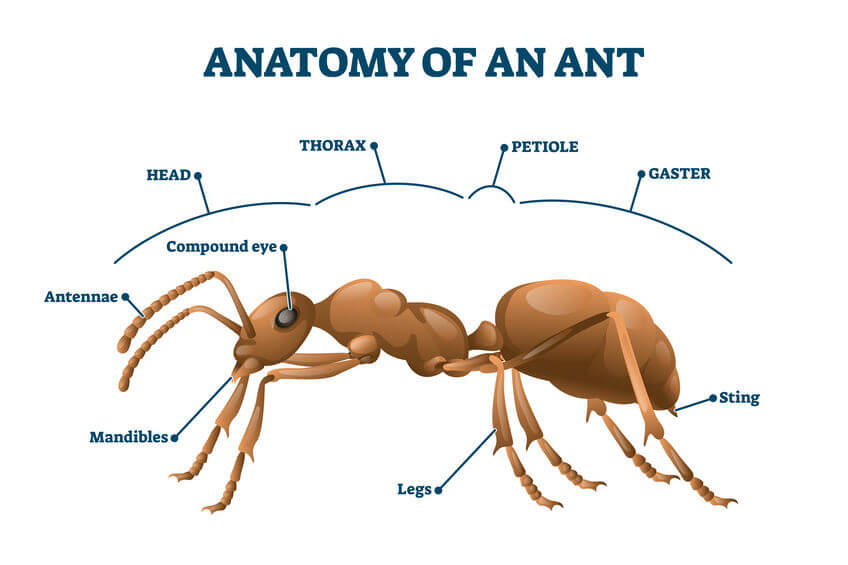
Definition
Red Ants: A group of fire ants that are red
Fire Ants: Tropical American ants that have a painful and sometimes dangerous sting
Significance
Red Ants: A type of fire ant
Fire Ants: Belong to the genus Solenopsis
Color
Red Ants: Light brown
Fire Ants: Red and black
How Fire Ants and Red Ants Infest An Area
Fire ants favor warm, radiant conditions.
They lean towards dry fields and stay away from areas with a lot of covering; an example is the woods.
Regular hills can grow up to 61 cm in width and 18 cm high.
These ant colonies are known to contain upwards of a hundred thousand ants, including the queen.
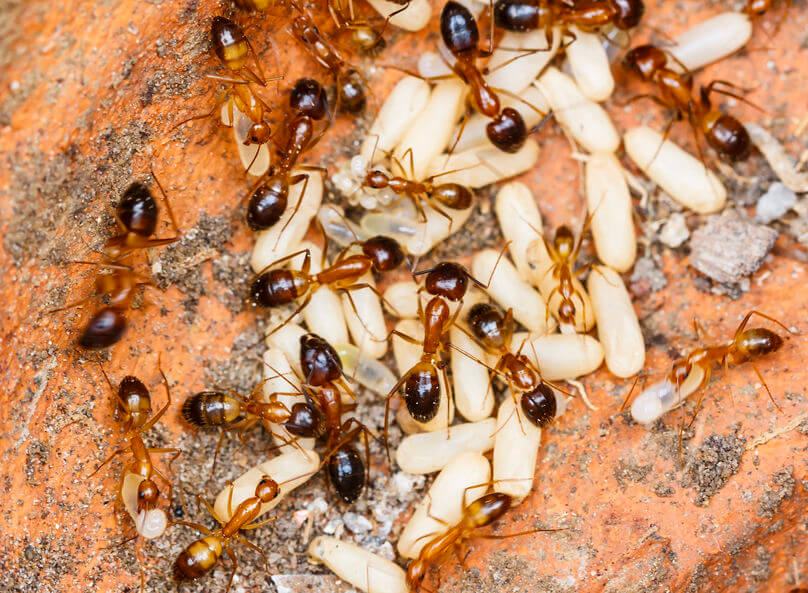 Fire Ants
Fire AntsRed ants are equally attracted to warm climates and other appropriate natural conditions.
Open top gardens with a lot of sun are the biggest attractors of red ants, similar to fire ants.
Fire Ants vs Red Ants - How Do They Attack?
Fire ants first utilize their mandibles to hold their prey and afterward infuse venom through a stinger.
Fire ants’ stings are painful for most people and lethal to a few.
If you experience adverse reactions after a bite, such as nausea, sweating, or excessive itching, get in contact with emergency medical services immediately.
Fire ant stings include alkaloid venom, which is exceptionally irritating to us and results in red bumps and white pustules, which can eventually prompt scarring.
A fire ant settlement may contain 100,000 to 500,000 insects, which increases the probability of being stung several times if you’re attacked.
To avoid the fire ants’ bites, be careful and attentive where you step, sit, or place things.......especially food or beverages.
If you ever notice a fire ant hill, keep your eyes on the ground to monitor their movement.
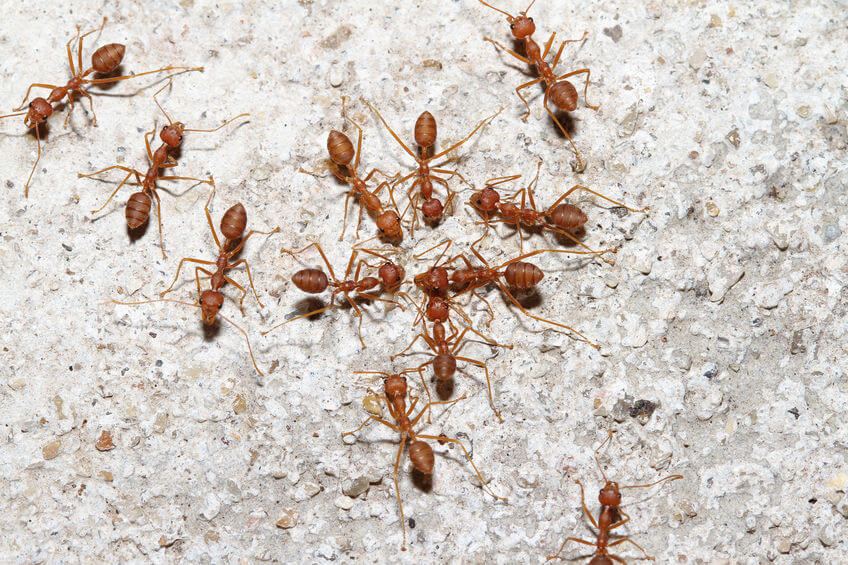 Red Ants
Red AntsRed ants make the most unattractive hills in yards.
These terrible looking soil heaps often lead to their underground settlements and can be as large as a foot in height and width.
Red ants will likewise assault any apparent danger to their homes.
Stings are usually painful and leave a red mark at the bite spot that later becomes a white pustule about a day after the bite.
If you ever upset their home, ants by the hundreds may abruptly race to attack the intruder by stinging or biting the invader multiple times.
Most times bites are usually harmless, however it's their sting you need to be cautious of because it contains the venom, which causes reactions and other symptoms.
Red ants’ envenomation can quickly become a severe medical concern if proper care isn’t taken.
Red Ants vs Fire Ants - How To Get Rid Of Them
Fire ants and red ants are hard to control for a few reasons.
First, their colony is usually very large allowing them to stretch out over great distances underground.
Second, settlements typically have numerous queens, so they can recuperate if a part of their territory and a queen or two are executed.
This frequently happens in large numbers, with the goal that if a colony is destroyed, another can quickly move in and occupy the space left.
Since these ants can be a threat to people and pets, it is smart to consult with experts regarding dealing with them.
Facts About Red Ants
Where Do They Live?
They regularly nest in soil and other damp conditions, such as flooded gardens and the edges of riverbanks and lakes.
Red ants are known to periodically move eggs, hatchlings, or pupae about in their nests.
A red ant colony may contain a few queens and a high number of worker ants.
Fire Ants vs Red Ants Behavior
When attacked, red ants can become aggressive; however, their daily activities typically involve building heaps of soil outside.
They feed on seeds, small plants, and other little insects like crickets.
They may also attack and catch small animals.
They first bite their target, then infuse them with their alkaloid venom through a stomach stinger, to deal the fatal blow.
Bites
The sensation of a red ant bite on a human is similar to being burned by a lit match.
After they bite, the ants clutch the victim with their mandibles (jaws) and utilize their stinger to release their venom.
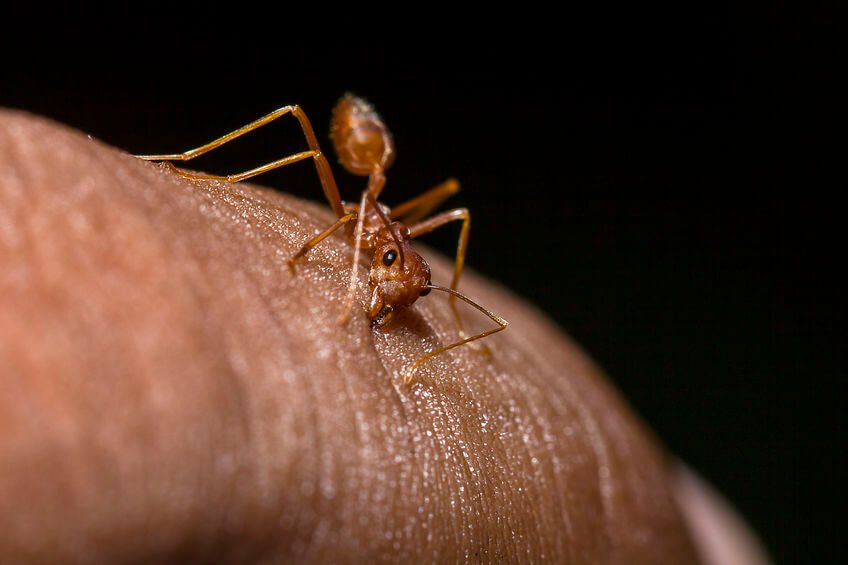
Many people experience torment and red spots.
Some people are also allergic to these bites and may suffer extreme reactions.
Emergency services should be reached promptly if headaches, nausea, or trouble breathing are experienced after a bite.
The red ant has become a significant cause for concern in a few nations, including southern North America, the Philippines, Taiwan, Australia, and South China.
Facts About Fire Ants
Indications Of Fire Ant Infestation
One common indicator of a fire ant infestation is an increased activity of worker and swarmer ants.
Other signs include sandy earthen hills, which are generally more noticeable after rainfall or complaints from people who have been stung.
Fire Ants vs Red Ants Nests
Fire ants nests may show up as noticeable hills of 61 cm in width and around 18 cm high.
Enormous colonies can have up to 250,000 workers.
Active and aggressive, they will sting any interrupting creature more than once.
What Do They Eat?
Fire ants are known to eat meats, oil and sweet items.
They're omnivores, which means they will consume both meats and vegetables.
The fire ant worker’s diet typically includes insects, worms, spiders, ticks, arthropod eggs, sweets and honeydew.
Plant sources typically contain seeds and other small plants.
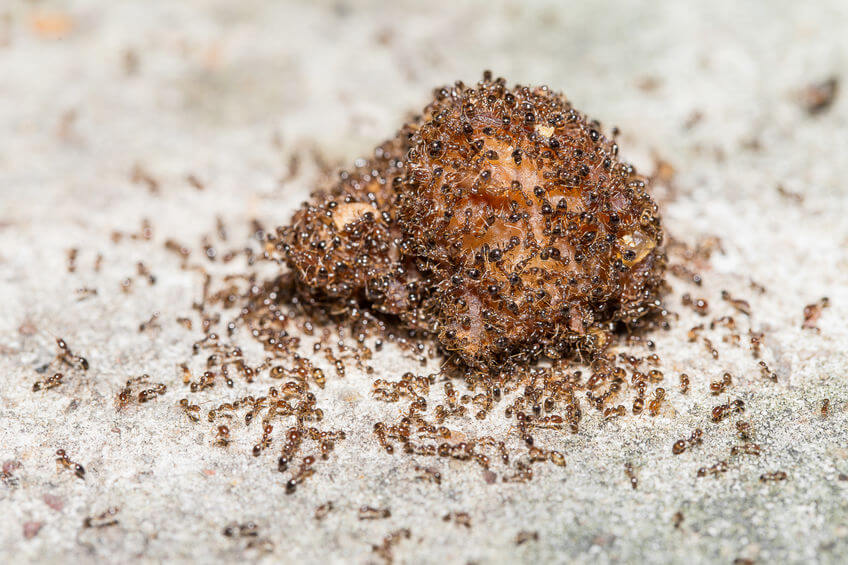
They also attack and consume small and newborn birds, rodents and calves.
Fire ants also devour the remains of dead animals whether or not the fire ants killed the animal to begin with.
Fire ants’ hatchlings are taken care of by the adult worker and eat only fluid until their third larval stage is finished.
Fire Ants vs Red Ants - Overall
Overall, if you want to tell the difference between fire ants vs red ants, look at the color of their body.
Often this is the quickest and most reliable way to tell the difference between the two ants.



